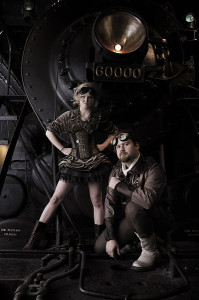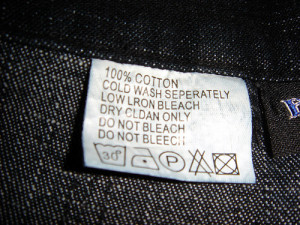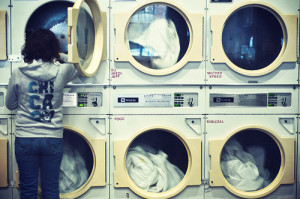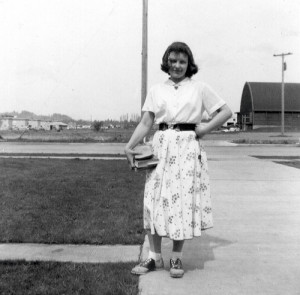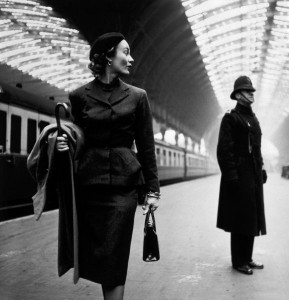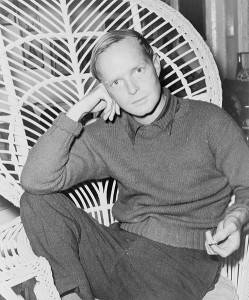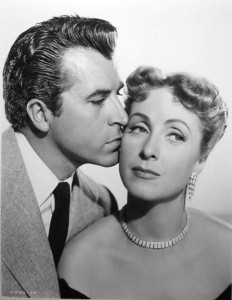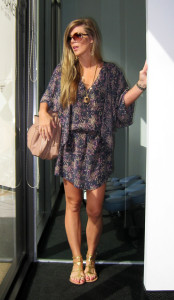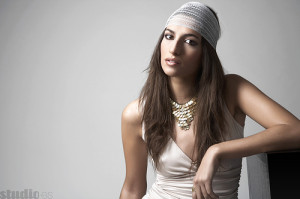Recently, I discovered a page about steampunk on google+, and was instantly fascinated by it. I’ve been looking more into steampunk fashion and culture and so far I love what I’ve seen and learned. In this post I will try to define steampunk and share what I’ve learned so far.
What is Steampunk?
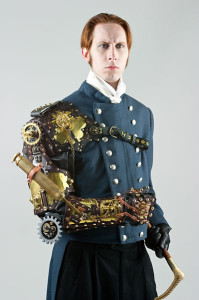
Author G. D. Falksen, wearing a steampunk-styled arm prosthesis (created by Thomas Willeford), exemplifying one take on steampunk fashion. From Wikipedia
This is a difficult question to answer as there is a lot of controversy in what is included and how to define streampunk. From what I have gathered, Steampunk is asubgenre of science fiction and fantasy that incorporates features that are a combination of steam-powered machinery of the 19th century and the Victorian Era. You’ll also see many machines and devices that were not typically seen either era. Examples would be steam powered rifles and air ships. Overall, it is Victorian science fiction.
Steampunk fashion
Steampunk apparel and fashion includes fashions from the Victorian Era, such as petticoats and corsets, and combines them with references to the 19th century. These references include actual machine pieces, like gears and cogs, as well as workers accessories, such as goggles that look like they came straight from Willy Wonka’s factory. Colors for this fashion are usually rarely, if ever, bright and are more subdued neutral tones. When looking through pictures I see a lot of browns, whites, grays and tans, with the occasional red or blue color variations.
Most women tend to wear dresses, both long and short, complete with petticoats. But there are some women out there who wear pants, usually when portraying a pilot, engineer or air pirate. Most women typically incorporate a corset into their outfit, both overbust corsets and underbust corsets. For jackets Carriage coats, riding jackets, flight jackets and pea coats are the usual choices. Accessories include gloves, including elegant gloves, fingerless gloves and maybe even large leather gloves, and hats or elegant pins.
Men’s fashion is typically traditional Victorian in appearance, but with steampunk accessories, like a pocket watch. Some men also choose to change up the look with gloves, leather boots and goggles. Hats are also used in men’s fashion. Hats ranged from pilots caps, to newsboy hats and top hats, as well as many other options for a hair piece.
There is a lot more to steampunk fashion than what I have written above but it will give you the general idea.
Steampunk culture
There are people now who incorporate steampunk as a lifestyle and it’s starting to become a sub-culture. This trend has even been appearing more and more at various social events, from conventions to renaissance festivals. There are even events totally dedicated to steampunk. I personally would love to put an outfit together and go to a steampunk ball, with traditional dances and everything!
As I mentioned before there is a lot more to steampunk and steampunk fashion than what I’ve mentioned here. Here are some resources to help you learn more about this rising sub-culture, and if I got something wrong or you have other information to share, please comment or message me! I’d love to learn more 🙂
Steampunk Wikia: Steampunk Fashion

